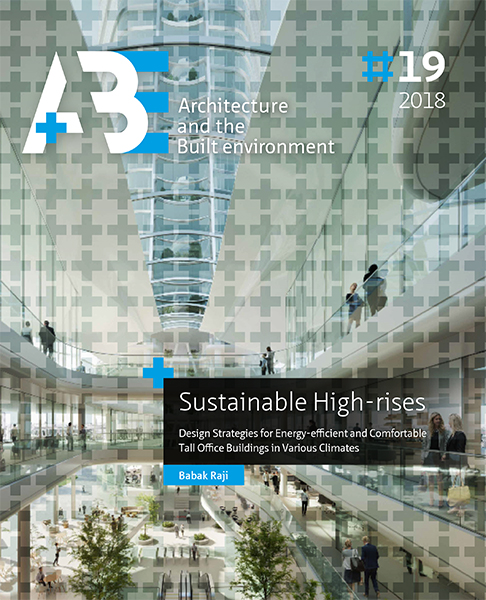Temperate Climate
An assessment of energy-saving solutions for the envelope design of high-rise buildings in temperate climates; a case study in the Netherlands
DOI:
https://doi.org/10.7480/abe.2018.19.3538Keywords:
envelope design strategies, energy efficiency, high-rise office building, energy simulation, sensitivity analysisAbstract
The building envelope is the interface between the interior of the building and the outdoor environment. A building’s energy consumption to a large extent depends on certain envelope design elements. As a consequence, for achieving high levels of energysaving in buildings, design measures with high impact should be firstly defined and then optimised. This paper aims at finding energy-saving solutions for the envelope design of high-rise office buildings in temperate climates. For this purpose, an existing tall office building is selected as a typical high-rise design in the Netherlands and the energy use prior and after refurbishment is compared through computer simulations with DesignBuilder. A sensitivity analysis in line with a large number of energy performance simulations showed which building envelope parameters have a significant impact on the building’s energy consumption; hence need more consideration for improvement. The four measures selected for uplifting the energy performance of the building envelope include glazing type, window-to-wall ratio, sun shading and roof strategies. By taking the base case as a reference and optimising one parameter at each step, this study resulted in a high-performance envelope design that offers a considerable energy-saving by around 42% for total energy use, 64% for heating and 34% for electric lighting.

